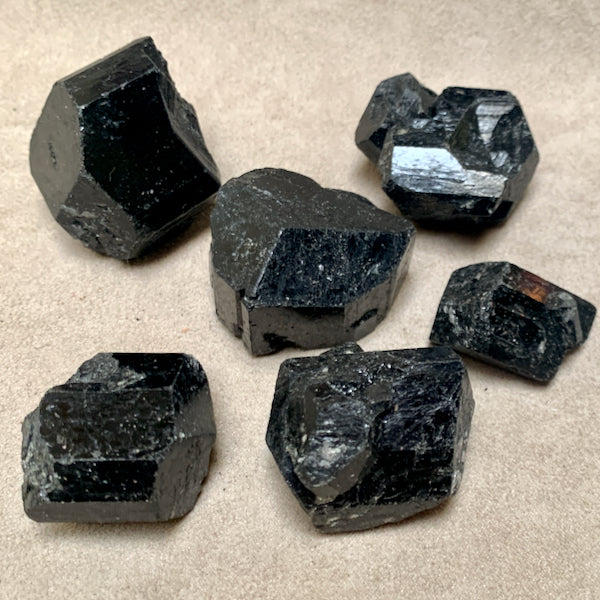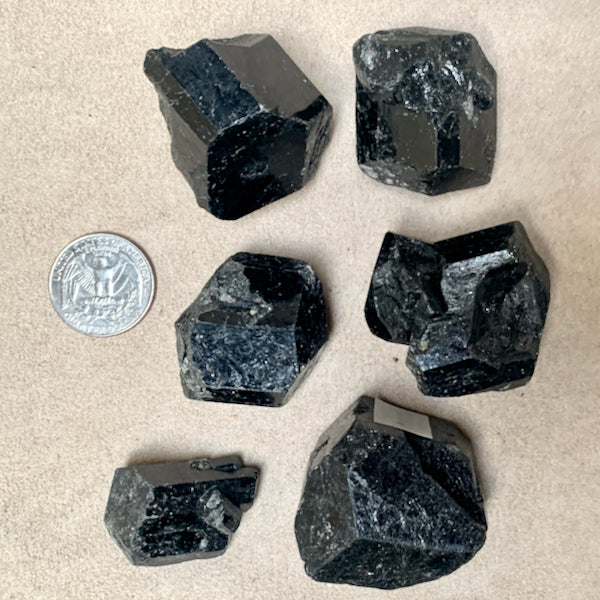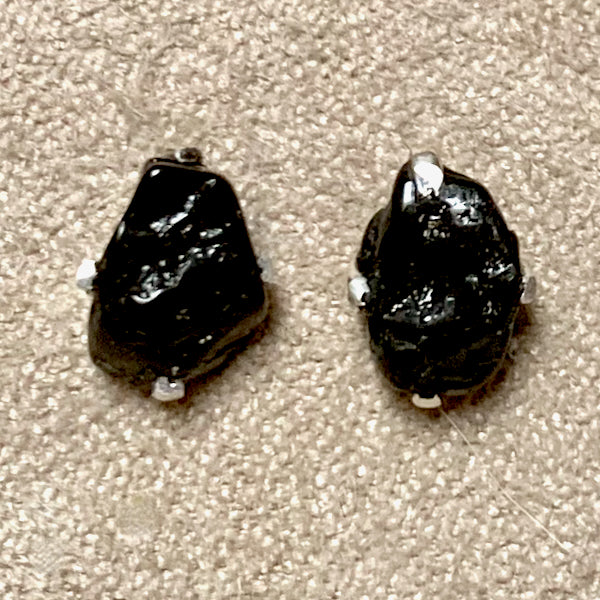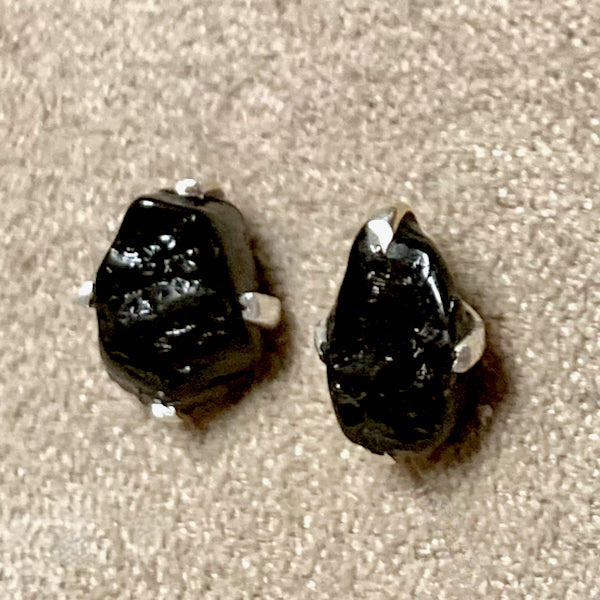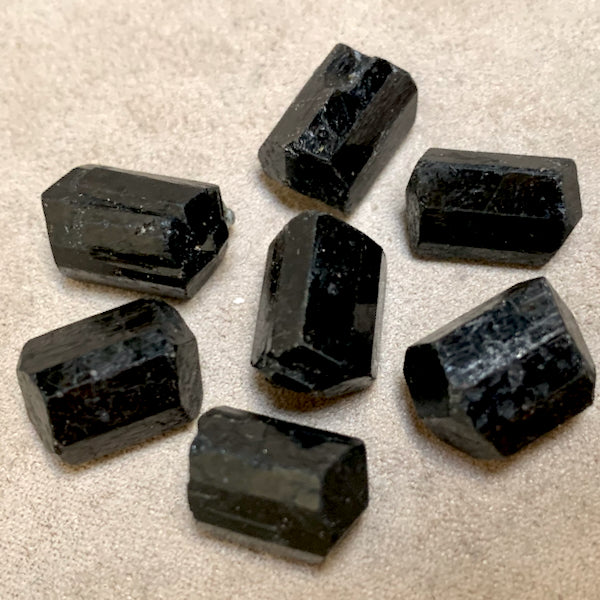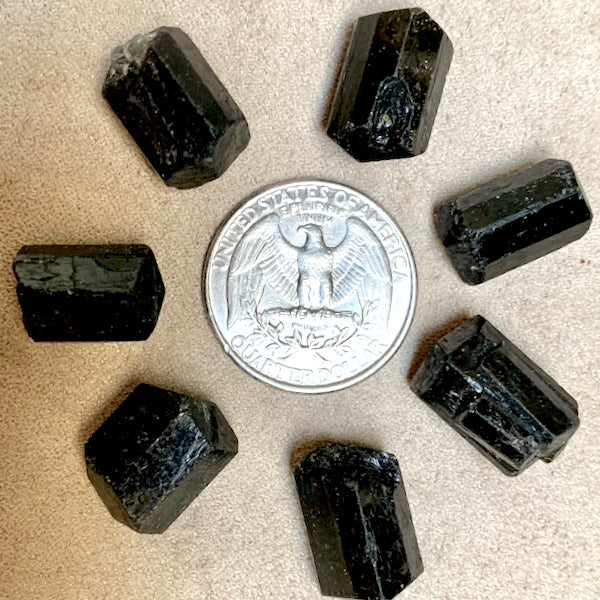Schorl (Black Tourmaline)
Schorl is the black variety of tourmaline.
Discover more about black tourmaline HERE (mineralogy & geology; spiritual, metaphysical & healing properties)
Tourmaline (Black, Schorl) Crystals (larger)
- Regular
- $18.00
- Sale
- $18.00
- Regular
-
Sold Out
- Unit Price
- per
Tourmaline (Black, Schorl) Rough Stud Earrings
- Regular
- $16.00
- Sale
- $16.00
- Regular
-
Sold Out
- Unit Price
- per
Tourmaline (Black, Schorl) (Namibia)
- Regular
- $16.00
- Sale
- $16.00
- Regular
-
Sold Out
- Unit Price
- per
Tourmaline (Black, Schorl) (Namibia)
- Regular
- $18.00
- Sale
- $18.00
- Regular
-
Sold Out
- Unit Price
- per
Tourmaline (Black, Schorl) Crystal Point
- Regular
- $16.00
- Sale
- $16.00
- Regular
-
Sold Out
- Unit Price
- per
Tourmaline (Black, Schorl) Crystals (smaller)
- Regular
- $8.00
- Sale
- $8.00
- Regular
-
Sold Out
- Unit Price
- per
Tourmaline (Black, Schorl) Double-Terminated Crystal
- Regular
- $36.00
- Sale
- $36.00
- Regular
-
Sold Out
- Unit Price
- per
Showing items 1-7 of 7.

